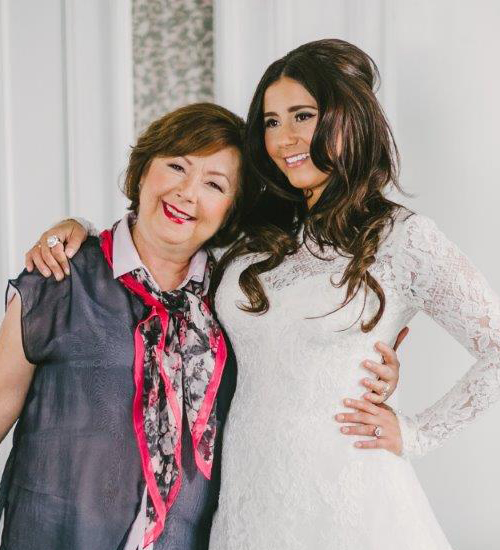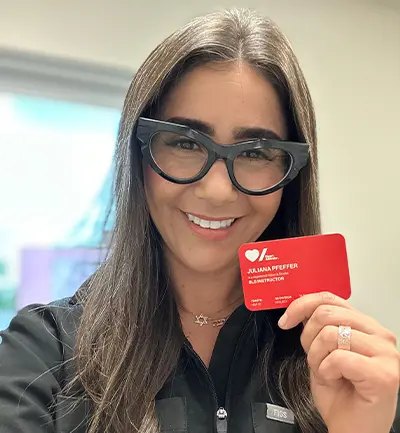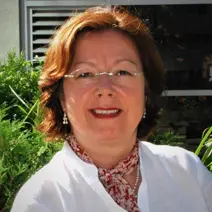
“My mom didn’t have a pulse.”
My story by Julie Pfeffer
On September 23, 2021, I received an early morning call from my mom, Catalena, letting me know she wasn’t feeling well and couldn’t watch my kids. I’m a staff dentist at the Health Sciences Hospital and in private practice who also teaches at the dental college. That day I was off to run a surprise medical emergency drill for our dental clinic assistants – a myocardial infarction (heart attack) progressing to cardiac arrest.
Something in my mom’s voice bothered me. Instead of heading to work, I drove to her house, calling her on the way. She told me she had just measured her blood pressure – it was 170/105 – and she was nauseous. I told her I’d be there soon to take her to the hospital. But when I arrived, my mom was pulseless and cyanotic. My years of Heart & Stroke training in basic life support and advanced cardiovascular life support kicked in right away. I knew my mom was in cardiac arrest, so I immediately started chest compressions and shouted for my stepdad to call 9-1-1 and put the phone on speaker so I could communicate with the operator.
I performed hands-only CPR for over seven minutes to keep the blood pumping to the brain and other vital organs until the paramedics arrived and could take over. Brain injury can begin within minutes, so it’s critical to perform CPR immediately and continuously. The paramedics immediately administered multiple defibrillations in the home, then transported her to St. Boniface Hospital. By evening, my mom was conscious and on her way to recovery.
Leading up to the event, my mom had been experiencing shoulder and scapula pain, which she had written off as symptoms of her rheumatoid arthritis. She was also experiencing what she thought were signs of thrombosis in her leg. That morning, she started to feel dizzy and nauseous and had vomited before I arrived. My mom now understands that all these conditions were symptoms of an impending heart attack; women don’t necessarily experience the classic crushing chest pain – although it’s the most common sign of a heart attack. This realization is an important part of my mom’s story and why she wants to share it to help others.

Julie Pfeffer holding her Heart & Stroke BLS instructor-certification card.
Thanks to the training I received from Heart & Stroke, I was able to save my mom’s life. I’ve always been passionate about CPR and managing medical emergencies, but this experience solidified my commitment – which is why I took an instructor course in June 2024 to train others to save lives.
My mom defied the odds and made a full cardiac and cognitive recovery. Her positive health outcome underscores the importance of knowing and performing high-quality CPR and having access to defibrillators. We’re sharing our story to not only help others, but also advocate for better emergency-preparedness.
- See how you can lower your risk of heart disease
- Learn more about common heart conditions




